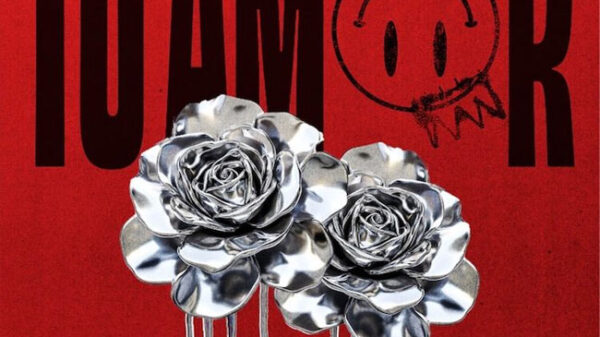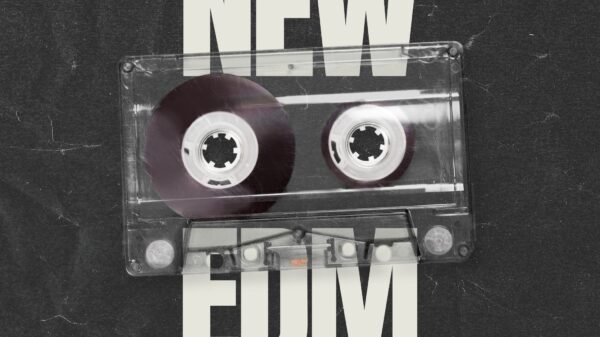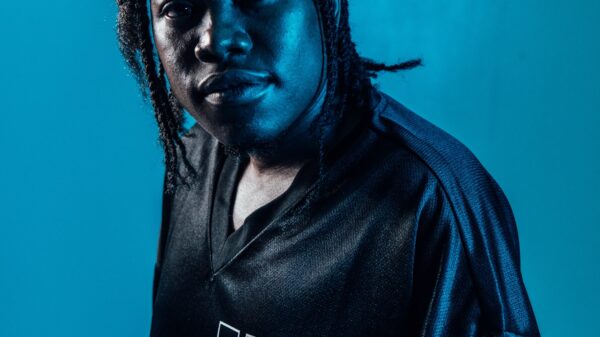It was a hot Saturday afternoon at EDC New York as the sun beat down on the concrete. It's been nearly three years removed from my memory, yet a sight that would soon transpire sticks out in my mind like it was yesterday. A young man, likely mid-20s, collapsed to the ground. As nearby festival attendees scrambled to gain the attention of security, his eyes rolled back and drool began to drip from his agape mouth. It would not take long before the paramedics arrived to bring him to safety. I did not know this man, but as they took him away, all I could hope was that he would be okay.
Now, with nearly three years passed plus countless festivals under my belt, I am happy to say that I've never witnessed anything else quite like that situation. However, I know that this was a far too common occurrence.
Luckily, there's hope for the future and an old drug has began to be used in new ways to reduce further harm for fallen festival-goers.
In 1967, a drug called “Dantrolene” was developed as a muscle relaxant to treat and prevent malignant hyperthermia, a rare and life-threatening disorder normally caused by general anesthesia. Dantrolene has also seen use for patients suffering from a stroke, paraplegia, cerebral palsy and multiple scleroses.
Similar to malignant hyperthermia, however, drugs commonly found at festivals such as MDMA (Molly) have a side effect that can cause the body to go into a state known as drug-induced hyperthermia. And though not necessarily the end result all the time, drug-induced hyperthermia has been the cause of many festival deaths in recent years. To prevent these deaths has been a point of emphasis at festivals around the world, but last year Insomniac Events conducted an observational study of Dantrolene at EDC Las Vegas.
In an interview with Dance Music Northwest, the Health and Safety director of Insomniac, Maren Steiner, discussed a specific patient who's temperature went down from 106 degrees Fahrenheit to 99 Fahrenheit in less than three minutes after Dantrolene had been used in combination with an ice bath. Overall, nine patients were treated with Dantrolene, of which eight survived, at EDC Las Vegas.
The study was not conducted under the traditional Independent Review Board study and the effects of Dantrolene when treated for drug-induced hyperthermia are unclear, but this was a promising step in the right direction, nonetheless. It also has a serious price tag ranging from 100 dollars to a thousand dollars for a premixed vial; however, no one can put a price tag on human life. It's reassuring knowing that Insomniac has taken this step, especially with the hefty cost, and we look forward to seeing where Dantrolene takes us as our steps toward harm reduction at festivals continue.
Cover Photo Courtesy of Insomniac Events














